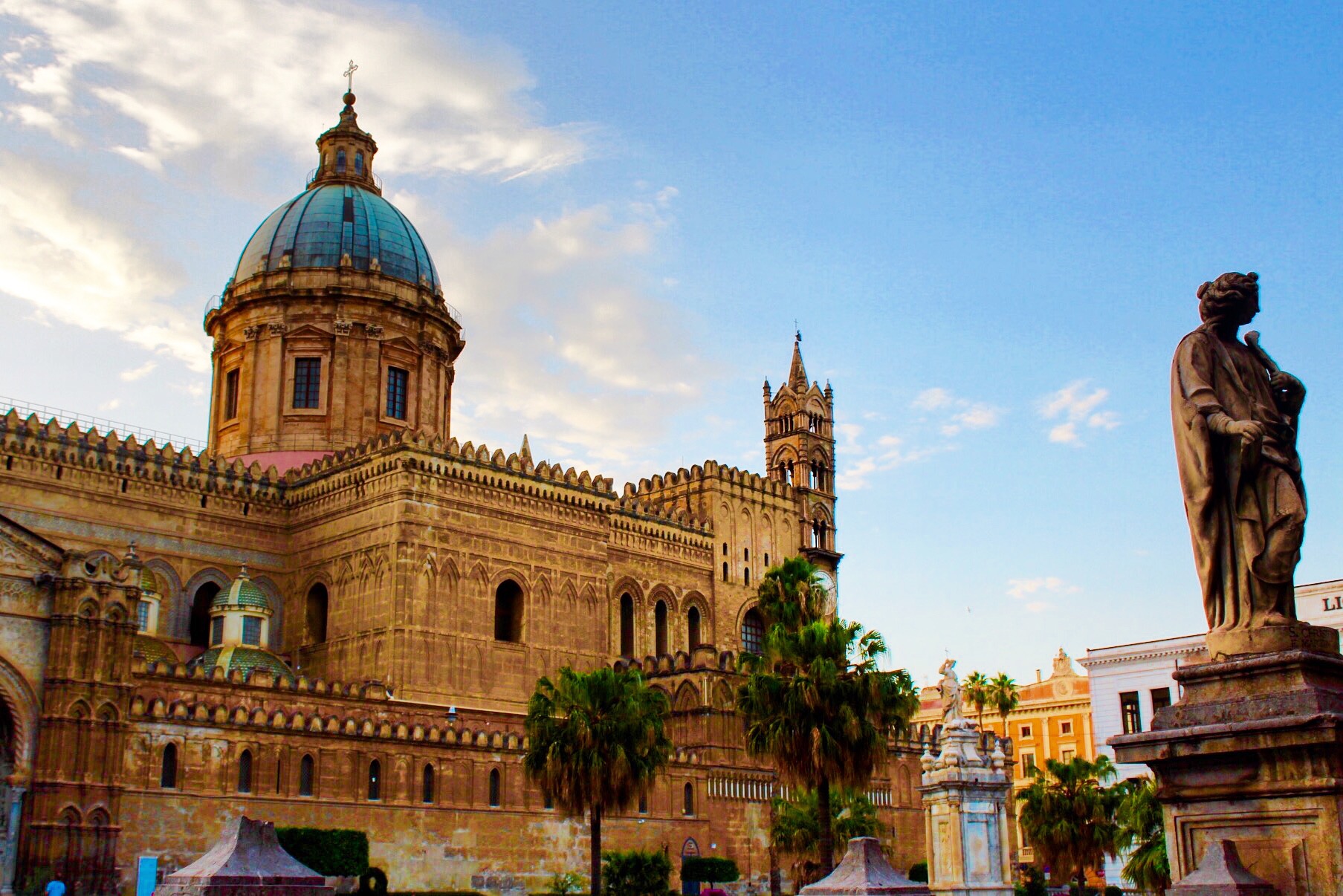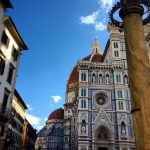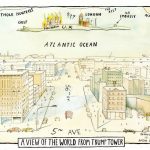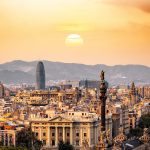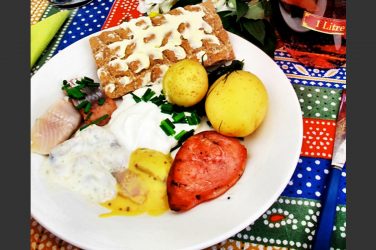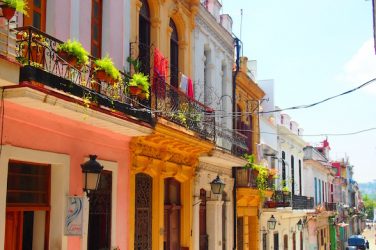History, culture, and some of the tastiest street food on the continent epitomise Palermo: a port city with all the Mediterranean charm and rustic aesthetic you’d expect to find in Italy’s glorious South. In the shadow of Monte Pellegrino and at the frontier between Europe and the Arab world, the city resides on Sicily’s north-west coast.
This is Palermo, in a snapshot.

An ancient city with modern sensibilities
The aura of conquest abounds in Palermo: each Arabesque dome, Byzantine mosaic and frescoed cupola a relic of prosperous epochs past. Yet, while the outward appearance of the Sicilian capital is somewhat disheveled—many landmarks have fallen into disrepair—glimmers of progress are beginning to burst through the cracks.
Yes, Palermo is rough around the edges. But here, in this vibrant coastal city, a thriving live music scene and contemporary art galleries attract Sicily’s young and fashionable elite. The municipality’s 21st century persona gives rise to a lively environment of al fresco dining, late night aperitivos and the perennial hum of authentic Italian vespas.
Awash with colour, Palermo’s incessant blue skies perfectly frame Gothic mansions, while charming Giulietta balconies jut out over palazzi with yellow facades, and date palms accentuate the city’s Mediterranean allure.

Photo courtesy: Sam Stevenson


What’s more, an evolving art scene proves that Baroque and the contemporary can coexist in harmony. Quattro Canti, a historic intersection with opulent fountains and marble statues, sits just metres away from the Francesco Pantaleone Galleria, a white-walled second-story space that presents conceptual shows from burgeoning Italian stars.



Down by the port, rundown neighbourhoods brim with colour and life, thanks to an array of striking street art—yet another indicator of the city’s modern sensibilities.


Sicily: An island at the crossroads of cultures

Palermo has long been the gateway between two realms. At the intersection of civilisations for millennia, it is a place where worlds collide. This allegorical bridge between customs manifests in the uniqueness of Sicilian cuisine — nowhere else in Italy can you eat such masterfully prepared couscous.A city teetering on the precipice of Europe and at the centre of the ancient world, Sicily’s capital is home to Arabesque markets, opulent piazzas and Baroque churches. This pastiche of cultures forms an essential part of the city’s fabric.

The individuality of Palermo’s cuisine
Food (and street food, in particular) is what makes Palermo such an inviting destination.
Small eateries, with names like Antica Friggitoria, sell a veritable feast of street delights from arancine (deep fried risotto balls stuffed with ragù or ham), pane panelle (deep fried chickpea or polenta fritters in a fresh bun with a pinch of salt) or, for the seriously strong-stomached, pani cà meusa (the famous Palermitan fried spleen—yes spleen—sandwich).


Gelato is a mainstay of Sicilian cuisine. The locals enjoy it inside a brioche bun for an ice-cream sandwich perfect for sultry summer days. Another important Sicilian staple is the sweet and indulgent cannolo.
Cannoli are Italian pastries originating from Sicily, the singular, ‘cannolo’, means ‘little tube’, with its etymology stemming from the Greek ‘kánna’, meaning ‘reed’. Cannoli consist of tube-shaped shells of pastry stuffed with creamy ricotta, which combine to make a rustic and thoroughly Italian delicacy.
The Palermitani

While I was in Palermo, a knavish city-dweller asked me to pay €50 for a one-way ride in his car to the closest beach: a journey which cost little more than €4 by bus. So, when in Palermo, be vigilant—some locals do whatever it takes to make money from gullible visitors.Palermo’s quaint streets thrive with life, as raucous Palermitani (people from Palermo) make their way through the city. Indeed, southern Italians are, at the best of times, a cantankerous crowd. Yet, this doesn’t mean they aren’t warm and friendly, if not prone to hoodwink unsuspecting tourists.
On reflection, who could blame them? After all, Palermo, like much of south Italy, sometimes feels as though it has been left behind. While Milan enjoys large infrastructural developments and swanky high-rise buildings, cities like Palermo stagnate in the past. It’s little wonder Sicilians often feel hard done by.


Palermo’s burgeoning tolerance
Palermo is a place of stark generational contrast. On one hand, in the Piazza Indipendenza old men sit on plastic chairs and wooden stools, gambling, smoking and cursing, while their wives dutifully keep the hearth and home.
Linked to this surge of liberalism is the immediacy of the migrant challenge facing Palermo. Sicilians have had little time to adapt to, and deal with, the consequences of this unprecedented humanitarian crisis.
On the other, Gay Pride celebrations, symbolic of the way in which Sicily, much like Italy itself, is slowly opening up to contemporary ideas about sexual orientation and identity, propel the city into a new age of liberalism, equality and acceptance.

Palermo is a place of stark generational contrast. On one hand, in the Piazza Indipendenza old men sit on plastic chairs and wooden stools, gambling, smoking and cursing, while their wives dutifully
The summer months in 2017 saw fresh waves of refugees and migrants from Syria, Libya and other countries who made the treacherous journey to Europe to flee persecution and tyranny.
South Italy—in particular Sicily and islands such as Lampedusa—have been confronted with the brunt of this influx and, as a result, the nation’s sense of tolerance has been severely tested.
In truth, Sicily has responded well, offering aid and assistance wherever it can. However, in a region where just a few decades ago it was uncommon to see foreign migrants, the initial reticence to embrace these newcomers is, if not understandable, at least explainable.


A place where bazaar-like markets rub shoulders with renaissance-style theatres, with imposing pediments buttressed by corinthian columns, Sicily’s captivating capital possesses a certain magic. One way or another, this city is bound to have a lasting impact on those who visit it.
Cover Photo Credit: Photo courtesy: Sam Stevenson


